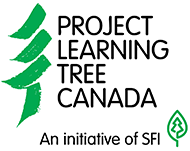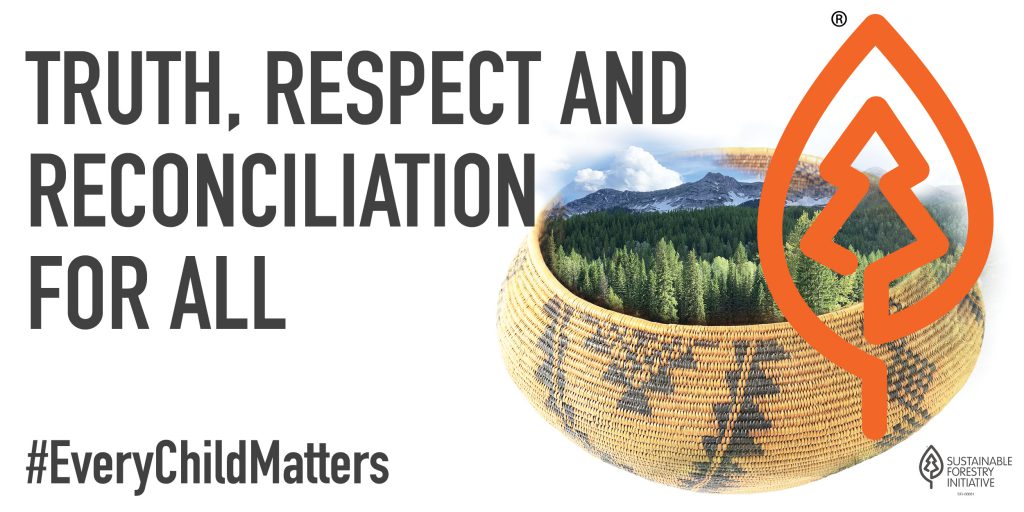News
Truth and Reconciliation Week 2022September 26, 2022
September 26–30, 2022 is Truth and Reconciliation Week, and September 30 is the National Day for Truth and Reconciliation. It is also Orange Shirt Day, an initiative started by residential school survivor Phyllis Webstad, Northern Secwepemc (Shuswap) from the Stswecem’c Xgat’tem First Nation, to raise awareness of residential schools and spread the message that every child matters. The theme for Truth and Reconciliation Week 2022 is “Remembering the Children.” In Canada, for more than 160 years, Indigenous children were taken from their homes to residential schools. At these schools, children suffered physical, mental, emotional, sexual, and verbal abuse and the loss of their language, traditions, and connections to the land. Many children died or went missing. It’s estimated that over 150,000 First Nation, Métis, and Inuit children were sent to residential schools before the last one, Gordon’s Indian Residential School in Punnichy, SK, closed in 1996. So far, The National Centre for Truth and Reconciliation has identified over 4,000 children who died at residential schools, but it is estimated that there are more. And this month, Canada hosted the first national gathering to discuss the unmarked graves found at residentials schools. For Truth and Reconciliation Week 2022, we invite you to continue your educational journey with us. Jump to This is not a complete list of resources, and we encourage everyone to spend more time researching and furthering their learning. We also published an article last year with the following links:
Mental health supportIndigenous People can call The Hope for Wellness Help Line 24 hours a day, seven days a week, for counselling and crisis intervention. Call 1-855-242-3310 or chat online. Land and traditional stewardshipMany forests were considered “wild” or “unmanaged” before settlers arrived. In truth, Indigenous Peoples stewarded the land since time immemorial. One example of traditional stewardship is the practice of forest gardens, where community members would make clearings in forests and plant fruits, nuts, berries, and medicines to sustain their community. After colonization and forced displacement, many of the gardens were left untended, but, even after 150 years, they have remained resilient and can still be found. Another example is the practice of prescribed or cultural burns. For many years, these burns were banned or discouraged and used as another reason to displace communities as settlers blamed Indigenous Peoples for devastating wildfires. However, now we recognize that these smaller, controlled burns had long-term benefits to the land, and their ban contributed to the extreme wildfires we face today. Community members are now taking back the practice and doing cultural/prescribed burns once again. For example, the Shackan Indian Band is doing more burns on their land to make it safer. As Lennard Joe, Chief Executive Officer of the BC First Nations Forestry Council, said, “It is our responsibility to push forward on our knowledge on the land.” The Líl̓wat First Nation has also resumed prescribed burns, as you can see in the video below.
More and more Nations are reviving traditional stewardship practices. In 2021, the federal government announced $340 million to support Indigenous-led conservation; learn more about the programs, like Indigenous Guardians, partnerships for species at risk, and more here. There are also land-based education programs for youth like the Outland Youth Employment Program, SFI and PLT Canada’s national partner. And more Nations are reclaiming their Traditional Territory, especially in British Columbia as they integrate the United Nations Declaration on the Rights of Indigenous Peoples (UNDRIP) into provincial law. Article 26.1 of UNDRIP says: “Indigenous Peoples have the right to the lands, territories and resources which they have traditionally owned, occupied or otherwise used or acquired.” Currently, the Nuchatlaht First Nation is in court proceedings with the province over the right to 20,000 hectares of Nootka Island. And in July 2022, the Lheidli T’enneh First Nation signed the largest First Nations Woodland licence agreement in BC after government-to-government negotiations. Chief Dolleen Logan said the forest tenure will provide “greater economic certainty and the ability to act on our forest stewardship priorities.” And we may start to see more of this from coast to coast to coast, as call to action 43 of the Truth and Reconciliation Commission of Canada’s Calls to Action asks all levels of government to adopt and implement UNDRIP. SFI’s workSFI and PLT Canada are committed to recognizing Indigenous Peoples’ rights and traditional forest-related knowledge in sustainable forest management, and working to help empower current and future forestry and conservation leaders to integrate these important concepts into their work. Systems like residential schools removed Indigenous Peoples from their lands, which made way for settlement and industry to take over. As we work with organizations who manage forests, and we ourselves work on the territories of many Indigenous nations, we recognize that Indigenous Peoples have been separated from their Traditional Territories and contribute to reconciliation efforts that support the rebuilding of those relationships. Our mission at SFI is to advance sustainability through forest-focused collaboration. This includes Indigenous communities who stewarded the land well before settlers arrived. And to achieve our vision, a world that values and benefits from sustainably managed forests, we continue our efforts to collaborate with and provide support to Indigenous Nations to advance forest-focused initiatives aligned with their self-determined priorities, and provide training and resources to Indigenous youth to help them rebuild their relationship with the land, which many of their ancestors didn’t have due to the residential school system and/or forcible removal from their lands. Some of SFI’s work to advance reconciliation includes:
Truth and Reconciliation Week eventsThere are many ways to participate in virtual or in-person events throughout the week. We encourage you to look into local events and attend wearing an orange shirt. Here are some ways you could identify events:
|



